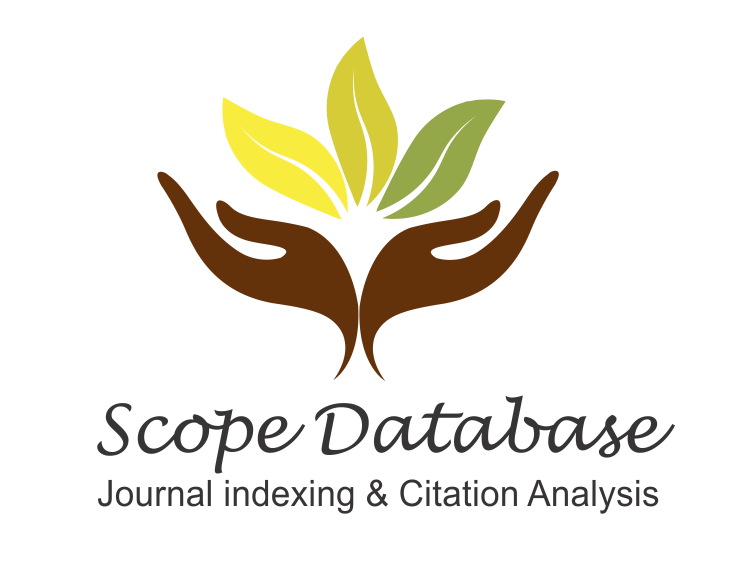ISSN : 2587-0998
Dyke-Davidoff-Masson Sendromu: Elektroensefalografi ve Lezyon Diskordansı İzlenen Olgu
Nihan Hanife Yılmaz, Buse Çağın, Güray KoçAnkara Şehir Hastanesi, Nöroloji Kliniği, Ankara, TürkiyeDyke-Davidoff-Masson sendromu (DDMS) serebral hemiatrofi, paranazal sinüslerin hiperpnömatizasyonu, homolateral kafatası hiperplazisi, mental retardasyonla birliktelik gösterebilen nöbetler ve kontralateral hemiparezi ile karakterize nadir bir sendromdur. Hastalarda fokal başlangıçlı nöbetler görülebilmektedir. Bu hastaların interiktal EEG kayıtları, etkilenen hemisferlerde daha düşük amplitüd ve yavaş zemin aktivitesi şeklinde değerlendirilmiştir. Olguların çoğunda lateralize, lezyonla uyumlu epileptiform bozukluk görülürken litetatürde nadir olarak EEGde sürekli diskordans izlenen olgular sunulmuştur. Epileptiform diskordans veya diğer bir deyişle yanlış lateralizasyon bizim olgumuzda da olduğu gibi nadir de olsa görülebilir; irritatif alan tespiti yaparken özellikle geniş lezyonu olabilecek hastalarda bu durumunun akılda tutulması önem teşkil eder. Dyke-Davidoff-Masson sendromu tanısı alan ve literatürde nadir olarak bildirilen epileptiform diskordansı olan bir hastayı tartışmayı ve bu olgudan yola çıkarak litetatürü gözden geçirmeyi amaçladık
Anahtar Kelimeler: Epileptiform diskordans, Dyke-Davidoff-Masson sendromu; yanlış lateralizasyon.
DykeDavidoffMasson Syndrome: A Case with Electroencephalography and Lesion Discordance
Nihan Hanife Yılmaz, Buse Çağın, Güray KoçDepartment of Neurology, Ankara City Hospital, Ankara, TürkiyeDykeDavidoffMasson Syndrome (DDMS) is a rare syndrome characterized by cerebral hemiatrophy, hyperpneumatization of the paranasal sinuses, homolateral skull hyperplasia, seizures that may be associated with mental retardation, and contralateral hemiparesis. Focal onset seizures may be seen in patients. Interictal Electroencephalogram (EEG) recordings of these patients were evaluated as lower amplitude and slow background activity in the affected hemispheres. While most of the cases have lateralized epileptiform disorder compatible with the lesion, cases with continuous discordance in EEG are rarely presented in the literature. Epileptiform discordance occurs infrequently, as in our case; it is crucial to keep this in mind when finding irritative areas, particularly in patients with big lesions. We aimed to discuss a patient who had epileptiform discordance and was diagnosed with DDMS, which is an uncommon condition in the literature, and examine the literature based on this case.
Keywords: DykeDavidoffMasson syndrome, epileptiform discordance; false lateralization.
Makale Dili: İngilizce


























